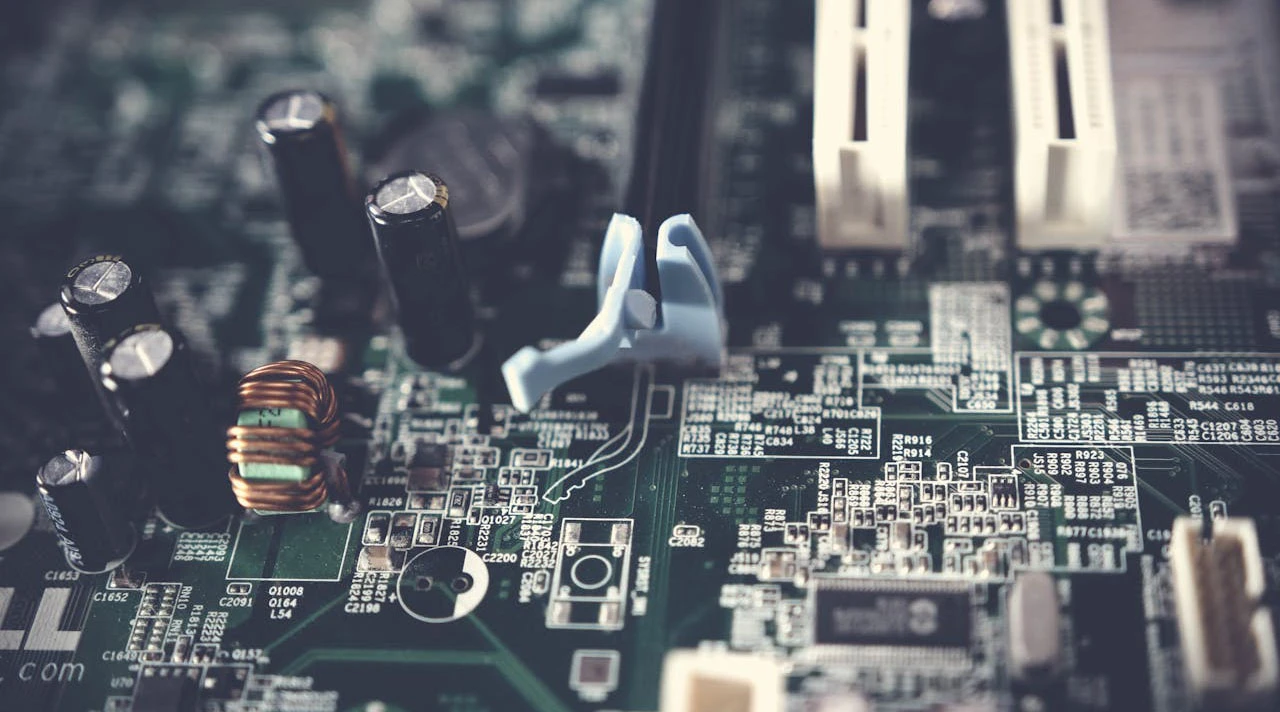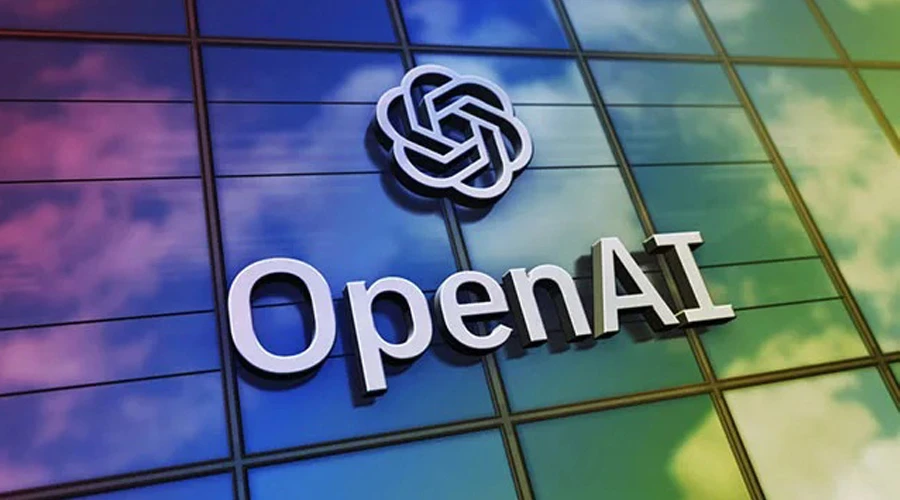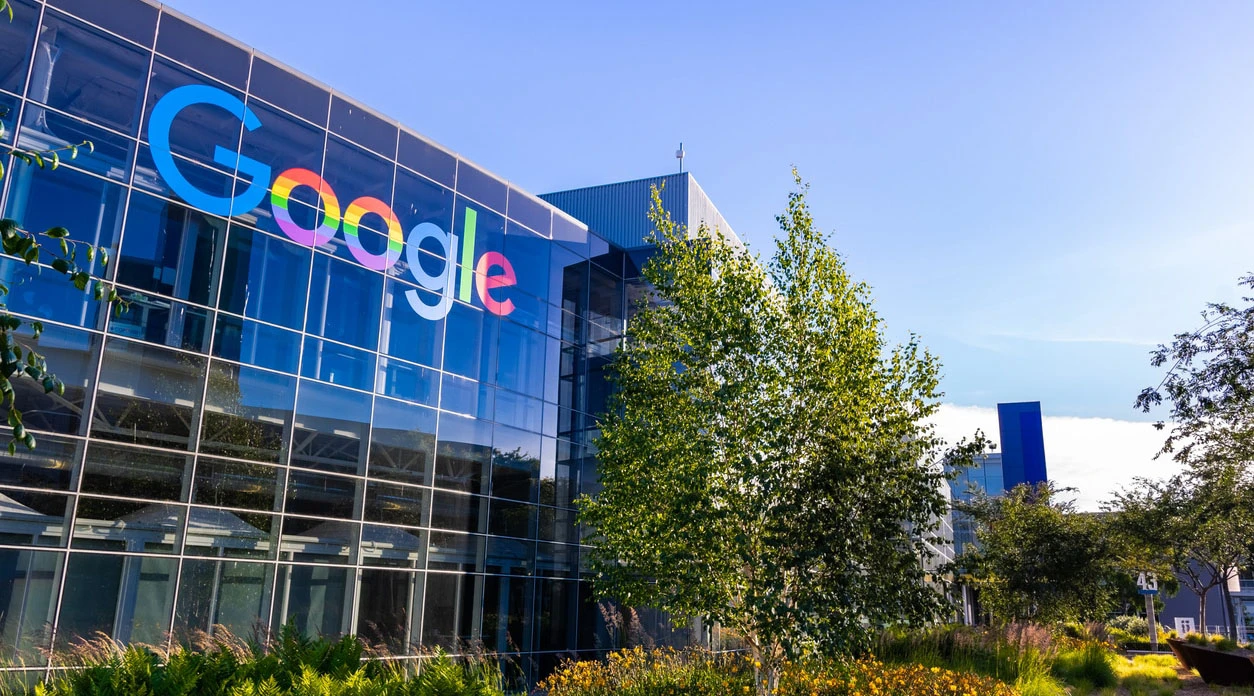In a major leap toward smarter transportation and emergency management, the Massachusetts Institute of Technology (MIT) has introduced cutting-edge AI tools for air mobility and disaster logistics. These innovative systems are designed to streamline operations for drones, air taxis, and disaster response teams, making movement in crowded or crisis-hit areas faster, safer, and more reliable.
This breakthrough demonstrates how AI technology is no longer confined to theoretical research—it’s being actively deployed to solve real-world problems that impact millions.
How MIT’s AI Tools Are Transforming Air Mobility
MIT’s newly developed AI systems use a combination of:
Machine Learning Algorithms to predict air traffic congestion
Dynamic Route Optimization for efficient air and ground navigation
Autonomous Decision-Making Models to adjust operations in real time
Risk Assessment Tools to prioritize critical missions in disaster zones
These AI tools enable air vehicles like drones and air taxis to operate with minimal human intervention, allowing for quicker deliveries, faster emergency responses, and more organized airspace management.
Real-World Applications of MIT’s AI Systems
MIT’s AI tools are not just theoretical — they are already being tested in pilot programs focused on:
Urban Air Mobility (UAM): Managing fleets of air taxis across busy metropolitan areas to reduce road traffic congestion.
Disaster Relief Logistics: Deploying drones equipped with medical supplies, food, and emergency equipment into disaster zones faster than traditional transport.
Supply Chain Optimization: Helping logistics companies create resilient, flexible routes during natural disasters like hurricanes, earthquakes, and floods.
These applications aim to minimize response times, maximize safety, and optimize resources in critical situations.
Why MIT’s AI Innovations Are Crucial for the Future
In a world facing increasing urbanization and frequent natural disasters, AI-powered air mobility could become the backbone of future transportation and emergency response systems. MIT’s solutions help address urgent global challenges:
Faster Emergency Responses during crises
Reduced Road Congestion through efficient air transportation
Energy-Efficient Logistics in disaster-prone and remote areas
Smarter Airspace Management to avoid collisions and delays
As governments and private companies invest heavily in next-generation transportation, MIT’s AI technology positions itself at the forefront of the urban mobility revolution.
Key Takeaways:
MIT unveils AI tools to optimize air mobility and disaster logistics.
Machine learning and optimization algorithms power smarter, faster transportation.
Applications include urban air taxis, drone deliveries, and disaster response logistics.
MIT’s AI innovation paves the way for smarter, safer cities and quicker disaster recovery.
- All Posts
- AI Updates
- Apple
- Games
- Latest
- Movies
- Tech Stocks
- Upcoming Devices

OpenAI’s ChatGPT introduces a powerful AI shopping upgrade, offering personalized, budget-aware product recommendations for smarter online shopping.

Find out which popular gadgets and software are losing support in 2025, including Windows 10, Skype, and Google Nest—plus what...

Discover how ChatGPT's latest AI upgrade revolutionizes online shopping by offering smarter, budget-aware product recommendations and interactive assistance.

Former President Donald Trump expresses openness to further delaying the TikTok ban, citing a personal fondness for the app and...

Meta and Microsoft announce major increases in AI data center investments, driving demand for Nvidia chips and signaling continued growth...

Nvidia shares climb over 4% as Meta and Microsoft announce major AI data center spending increases, signaling strong demand for...



